1. Where To Begin…
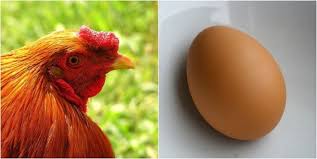
Let’s go back before breakfast as we know it. Long before chickens clucked around barns or laid eggs in cozy nests, evolution had already introduced eggs to the planet. Ancient fish and amphibians were laying soft-shelled eggs in watery environments more than 500 million years ago. Evolutionary biologist Dr. Matthew Cobb put it plainly in an interview with the BBC: “The egg came well before the chicken.” It wasn’t a chicken egg, of course, but the concept of the egg as a reproductive vessel was already in full swing while chickens were still eons away from existing.
2. Reptiles Were Egg Experts Before Birds Arrived

Now zoom into the age of reptiles. About 300 million years ago, reptiles like early lizards and snakes were laying calcium-rich eggs that could survive on dry land. These weren’t soft jelly-like eggs anymore. They had shells, designed by nature for better survival. Dr. Luis Chiappe, a paleontologist, explained how this marked a game-changer in evolution. The egg became a reliable strategy to grow life safely outside water. These adaptations set the stage for birds and even dinosaurs. So before the first bird ever flapped a wing, eggs were already thriving on dry ground across ancient continents.
3. The Red Junglefowl Was the Chicken’s Great-Great Grandma
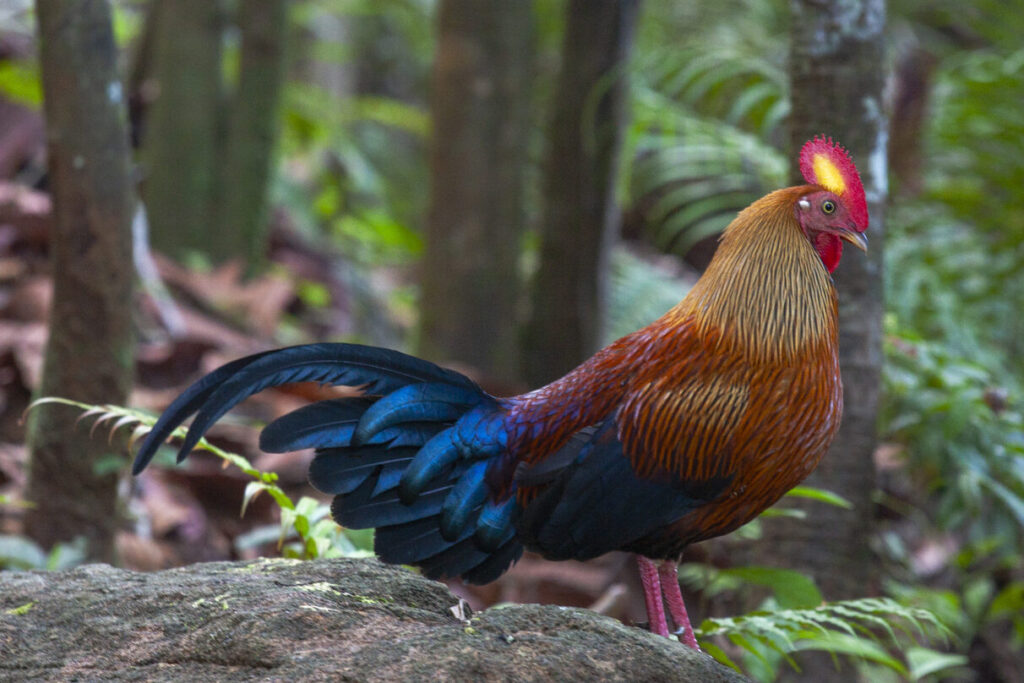
Fast forward through millions of years, and a bird called the red junglefowl pops up in Southeast Asia. This wild ancestor of modern chickens still roams forests today. Through generations of selective breeding and tiny DNA tweaks, the junglefowl slowly evolved into today’s domesticated chicken. Dr. David Wragg from the University of Edinburgh says chickens are the result of “a complex hybrid origin involving multiple junglefowl species.” That means today’s chickens came from a long evolutionary process, not from a sudden spark of life. And yes, all those changes were passed on through eggs laid by not-quite-chickens.
4. One Tiny Mutation Made the First True Chicken
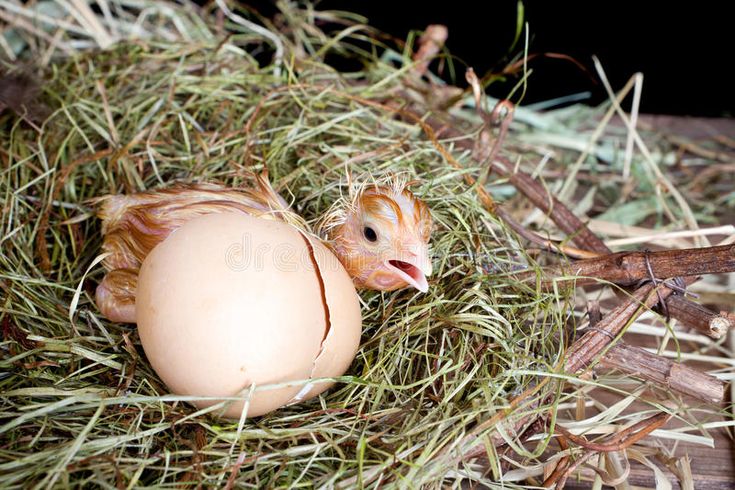
Here’s where the puzzle finally clicks. At some point, a red junglefowl or a very similar bird laid an egg. Inside that egg, thanks to a small DNA mutation, something new happened. The baby bird that hatched was just different enough to be considered the first true chicken. Professor John Brookfield put it this way to The Times: “The mutation that led to the first chicken occurred in the DNA in an egg.” That means the egg that held the first chicken came from a bird that wasn’t technically a chicken yet. Mind-blowing, right?
5. The Chicken’s Mom Wasn’t Technically a Chicken
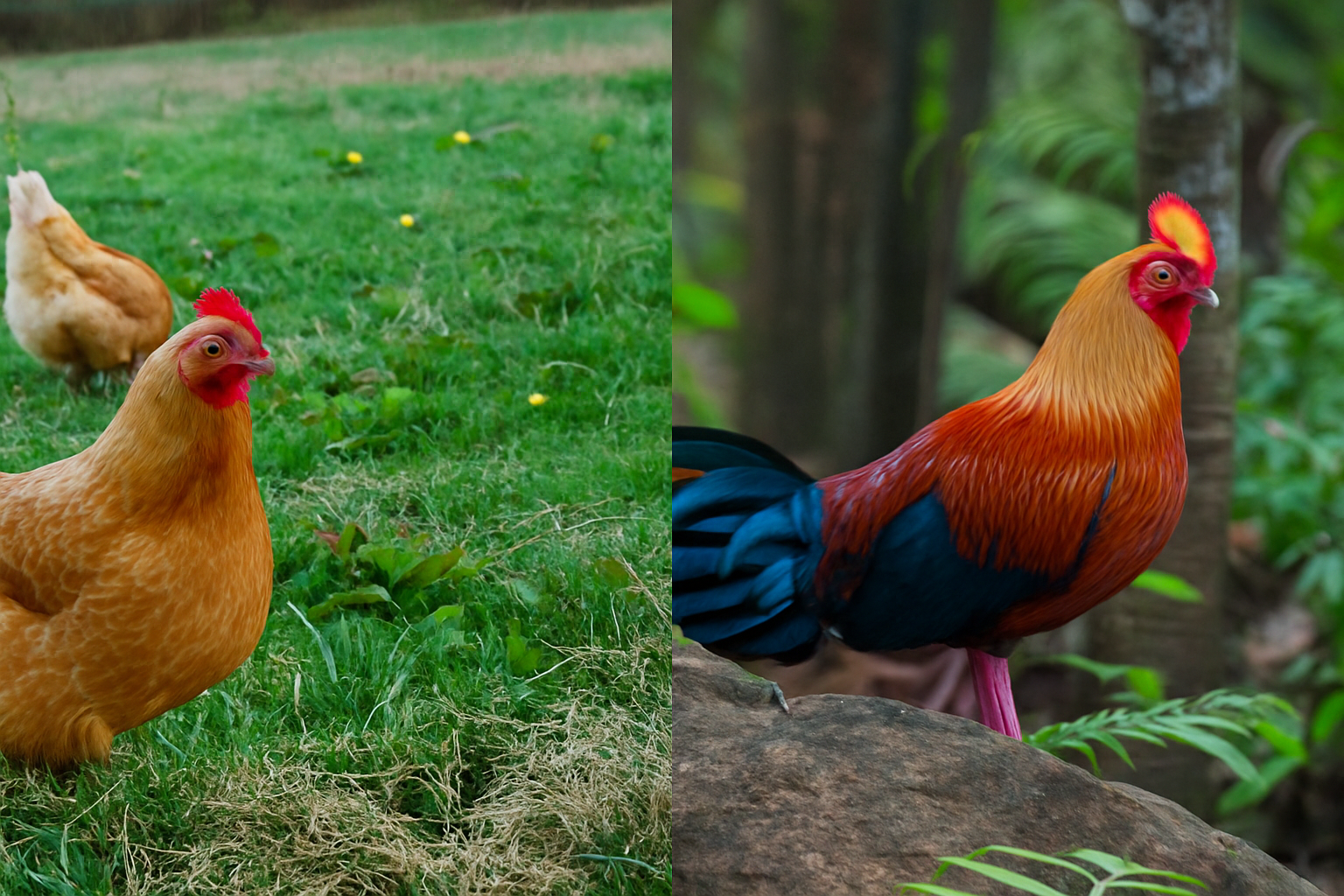
Think about it like a family story. Your mom is your mom, even if you look a little different. The first chicken hatched from an egg laid by a bird that looked almost like a chicken but wasn’t quite there yet. Scientists call this a speciation event, where one generation gives rise to a new species through genetic mutation. So technically, the chicken’s mom wasn’t a chicken, but her baby was. And that baby came from an egg. It’s not a riddle anymore. It’s a slow, steady build that leads us right back to the egg.
6. That Eggshell Protein Caused a Stir
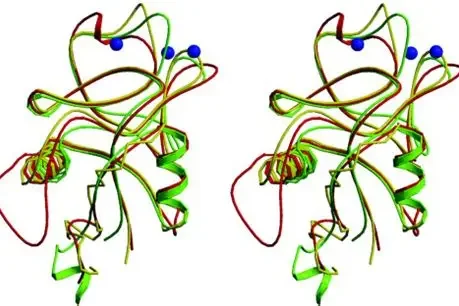
For a while, headlines claimed scientists had solved the riddle by proving the chicken came first. The proof? A protein called ovocleidin-17, or OC-17, found in chicken ovaries. This protein helps build the eggshell and was once thought to be unique to chickens. Researchers at the University of Sheffield believed that without it, eggshells wouldn’t form. So no chicken, no egg, right? But the story didn’t end there. While it made a splash in the media, this argument didn’t hold up for long once other researchers looked beyond chickens and checked in with other egg-layers.
7. Other Creatures Had Similar Eggshell Proteins

Later studies revealed that OC-17 wasn’t as exclusive as once believed. Birds and reptiles that evolved long before chickens also produced similar proteins that helped build strong eggshells. Dr. Colin Freeman, who worked on the original OC-17 study, admitted, “OC-17 may not be unique to chickens, it just does the job really well.” In short, it’s a chicken tool, not the blueprint for all eggs. Evolution likes to reuse ideas that work. So, eggshell-building proteins were around, doing their job in other species, long before chickens were even part of the plan.
8. Fossils Tell the Real Story
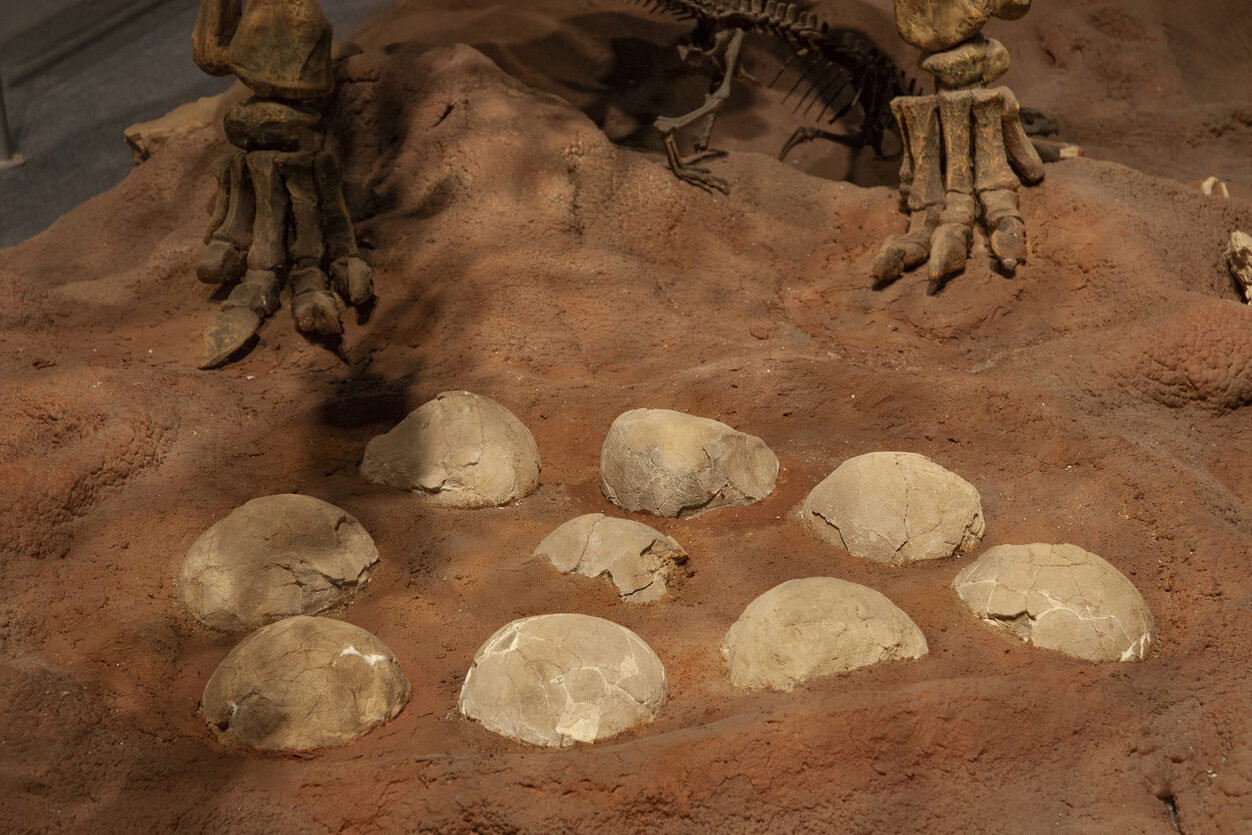
Whenever there’s confusion about what came first in evolution, paleontologists look at fossils. And what they’ve found tells us a lot. Egg fossils date back hundreds of millions of years, long before birds were even on the radar. Dr. Mark Norell from the American Museum of Natural History explains, “Egg-laying is one of the earliest reproductive strategies we can see in the fossil record.” These ancient eggs show up in sedimentary rock layers left behind by fish, amphibians, and reptiles. So if you’re keeping score, the egg has a giant head start, backed by literal stone-cold proof.
9. Dinosaurs Were Laying Eggs Before Birds
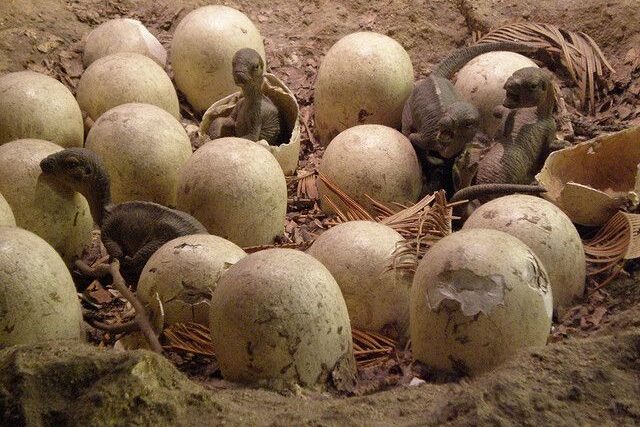
Birds may seem like a modern wonder, but they’re actually dinosaurs’ closest living relatives. In fact, many scientists believe birds evolved directly from small, feathered dinosaurs called theropods. And guess what? Those dinosaurs laid eggs. Fossilized dinosaur eggs have been discovered all over the world, with some dating back over 190 million years. According to Dr. Darla Zelenitsky, an expert on dino eggs, “Dinosaur eggs show us how ancient this reproductive method really is.” So long before chickens strutted into human history, their scaly ancestors were nesting, guarding, and hatching eggs on a prehistoric Earth.
10. It Was Never a Riddle, Just Evolution at Work
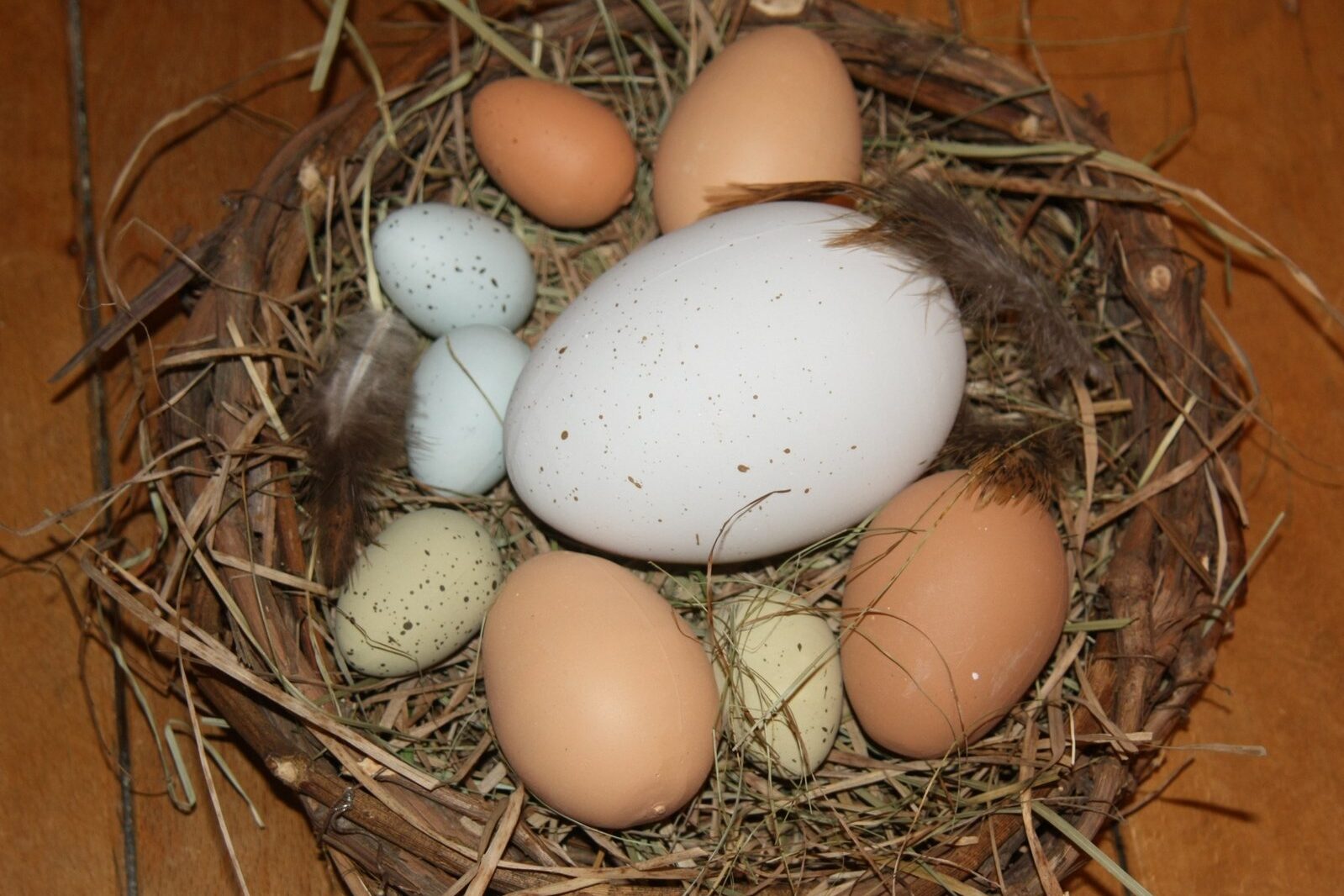
When you put it all together, the question isn’t so mysterious after all. The egg didn’t just come first. It came way first, across fish, reptiles, dinosaurs, and finally, birds like the chicken. Nature didn’t suddenly create a chicken one day. It worked slowly, generation by generation, using eggs to pass along small changes. Over time, those changes added up, and one day, a new kind of bird hatched from an old-fashioned egg.
The Egg Came First.
That’s how chickens came to be. So, the next time someone asks you what came first, you can smile and say, “Science says the egg.”
This story What Came First, the Chicken or the Egg? Science Finally Has an Answer was first published on Daily FETCH


